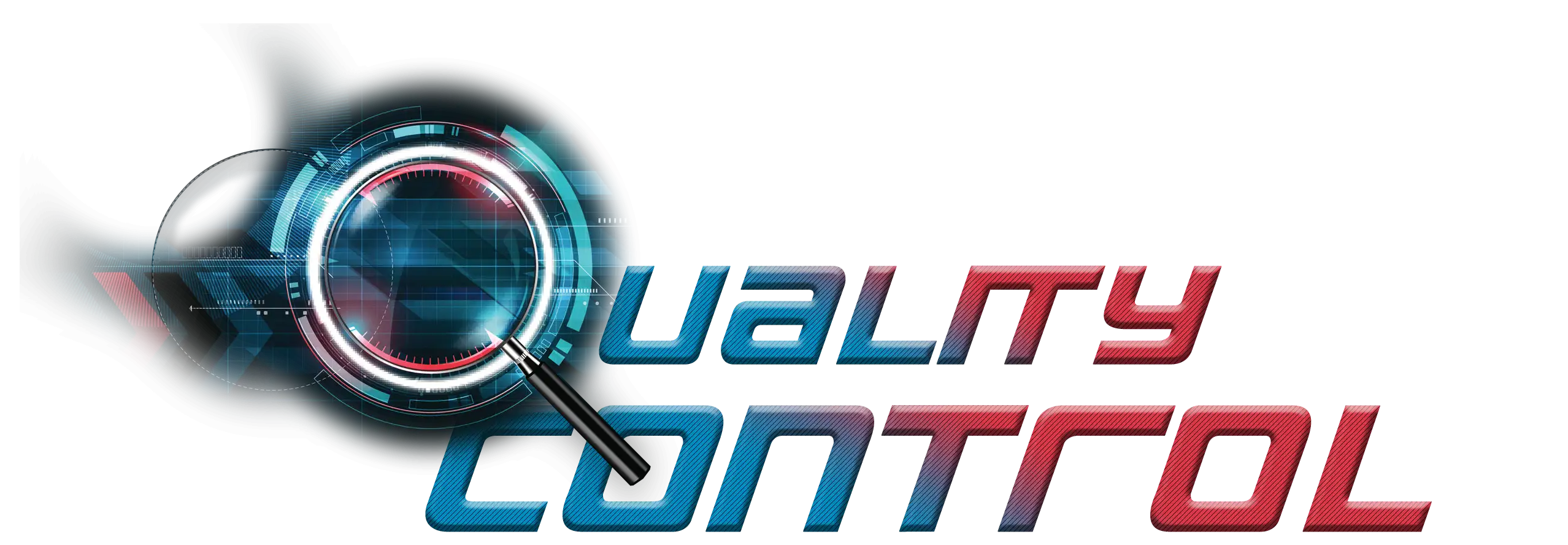

Video Quality Control Inspection
Quality control is an activity that requires a lot of organization and care with details. It is not enough to just check the image without listening to the audio correctly mapped to the right speakers. It is not enough to check the sound without noticing changes in language or identifying explanatory artistic interventions and other forced narratives. Variations in the volume, borders, distortion... It is the whole set of variables that determines whether the assets are appropriate for delivery, on each target platform. Therefore, it is essential to be alert and focused on everything that is happening in the film, simultaneously.
The purpose of the QC is to put yourself in the viewer's shoes and ensure that nothing can interfere with the immersion in the narrative, avoiding as much as possible that anything can serve as a distraction and ruin the experience of enjoying an audiovisual product.
It is important to note that there are often disruptive artistic options that intentionally seek to provoke the viewer. Thus, it is necessary to be sensitive and identify the moments when certain "errors" were created by the director of the work for a specific purpose.
The streaming platforms are prepared to manually override these occurrences when they are reported. However, it is necessary to inform in advance to avoid unnecessary checking and communication, and thereby lose efficiency, increase costs and deteriorate the company's status towards customers and suppliers.
Keep everything in place
The Quality Control must be supported with a very well designed workflow regarding storage management, backup and file transfers. This means of course a good physical and/or cloud network and servers, but it's very important to create a logical folder system to store the files, like for instance using dates to sort the jobs, so it is easy to find them later. The more attention to detail, the better: naming different assets with proper labels, using colors to quickly identify done and ongoing projects, among other good practices.Also, when your company has a big pipeline, you will need a service like Kambanize or Monday.com to keep track of the many different tasks around every title (like inspecting the feature, trailers, dubbings, etc). An agile method to handle all the work is very useful to avoid confusion and promote efficience.
Communication is Key
Being organized and having a keen eye is important, but it takes more to land a professional Quality Control unit. The third point of support is documentation & reporting. Most of the general issues like compression, grain/noise, ghosting or occasional freeze frames will pass with a warning. More complicated errors must be pointed out with timecodes and duration so the platforms can be informed in advance. Sometimes a PDF must be filled in and included in the package. Other systems will accept XML entries or just an email. Either way, serious issues must be addessed.Language changes, forced narratives, signs, screens, and anything that must be translated should be flagged so the localization team can deal with it later, according to each territory where the product will be marketed. Plus, drugs and nudity should also be marked for further analisys. Some countries and platforms will have restrictions towards sensitive content.
Finally, critical problems will demand going back to the distribution company, righthold owners or studio labs for corrections. These include corrupted files, render glitches, macro blocking, audio bursts, burned in subtitles, etc. We will get into more details later.
Triage
Before starting the QC process, it is important to check the requirements of each platform where the material will be delivered, to ensure that the correct parameters are met. The quality assurance is performed according to the most demanding standards - later the assets will be replicated following the other more flexible patterns. In some cases the light file format is more important than the quality of the image.After the parameters are defined, it is necessary to perform a triage and check some general characteristics of the file. The order of the process is important because certain problems prevent continuity, while others allow delivery, as long as they are properly reported.
- Burned in subtitles
- General image quality
- Compression
- Resolution
- Aspect Ratio/Distortion
- Window/Borders
- Format/extension/container/
- Codec/Data Rate
- Frame rate
- audio channels.
- Field Dominance/color space
- Language/forced narratives
Quality Control
Next, the full QC takes place, investigating the whole feature thoroughly to find occasional issues. As long as the problems do not exceed 20% or 30% of the file, they should be marked and reported as occasional, pointing to the specific timecode. Otherwise, they can be reported as "general issues". This, of course, assuming that these problems do not compromise delivery. In general, quality control analyzes the following aspects:Video Issues
- Trim/Blacks/Txtless- Grain/Noise
- Video Artifacts
- Drugs/Nudity
- Blockiness
- Ghosting
- Motion Blur
- Freeze Frames
- Aliasing
- Color Banding
- Comb Artifacts
- Fields
- Borders
- Dead Pixel
- Render Glitches
- Tracing
- Luma Shift
- Jump Cuts
- Lens Flare
- Bad Composition
- Alien Elements
- Media Offline
- Blacks
- Crushed Blacks
- Blown Whites
- Syntax Error
- Burned in Subtitles
- Letterbox Touch
- Out of Safe Area
- URLs
Audio Issues
- 5.1 Channel Mapping- Stereo x Dual Mono
- Loudness/Volume (RMS)/True Peak
- Out of Sync
- Distortion/Clipping
- Buzz/Hum
- Echo
- Phasing
- Missing Dialogue
- Silence
- Equalization
- Alien Noise
- Crackling
- Audio Drop
- Stuttering/Lag
- Audio Pop
- Mic Puff
- Mic Scratches
- Audio Burst
- Audio Hit






 ™ - All Rights Reserved
™ - All Rights Reserved